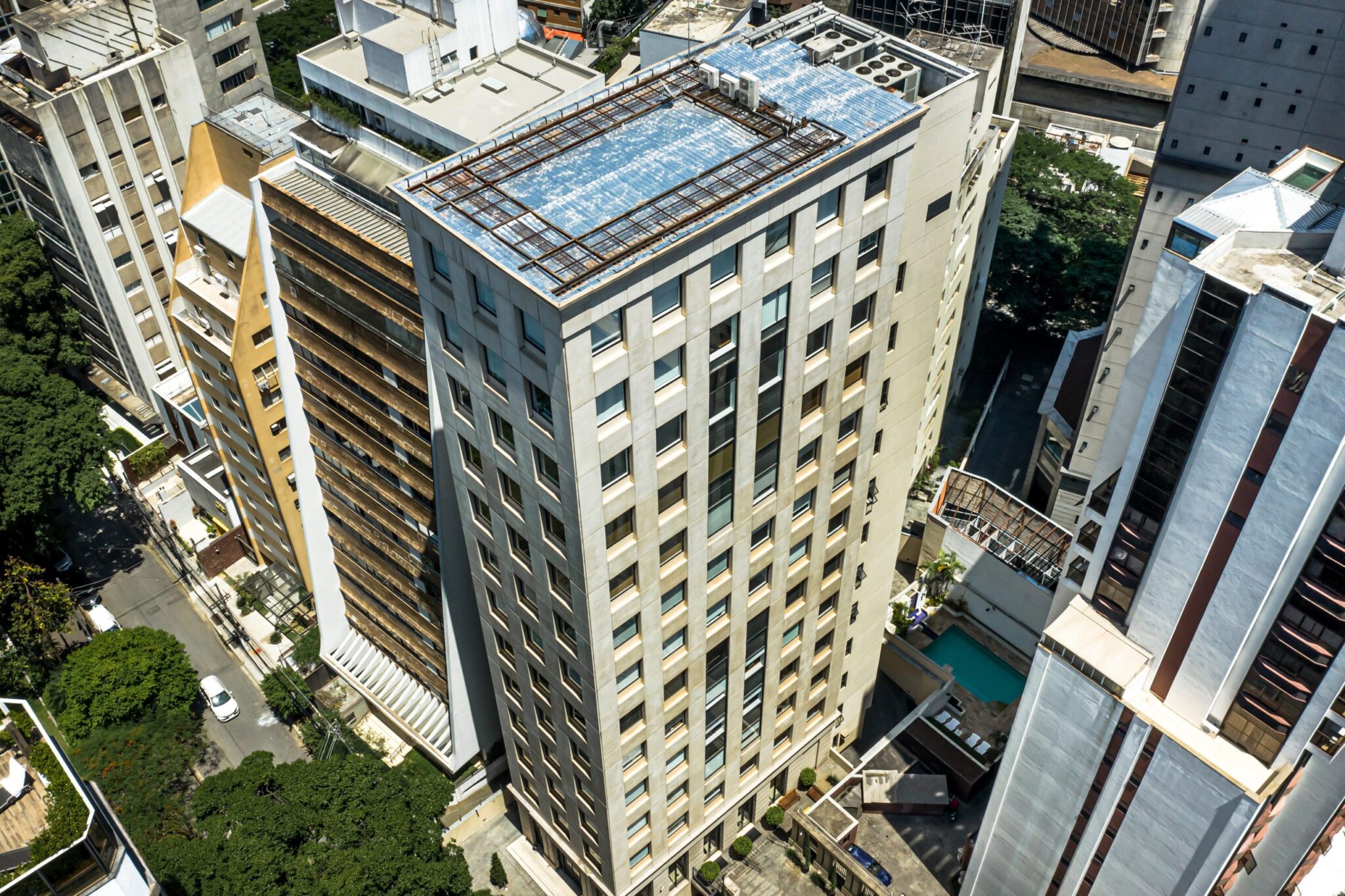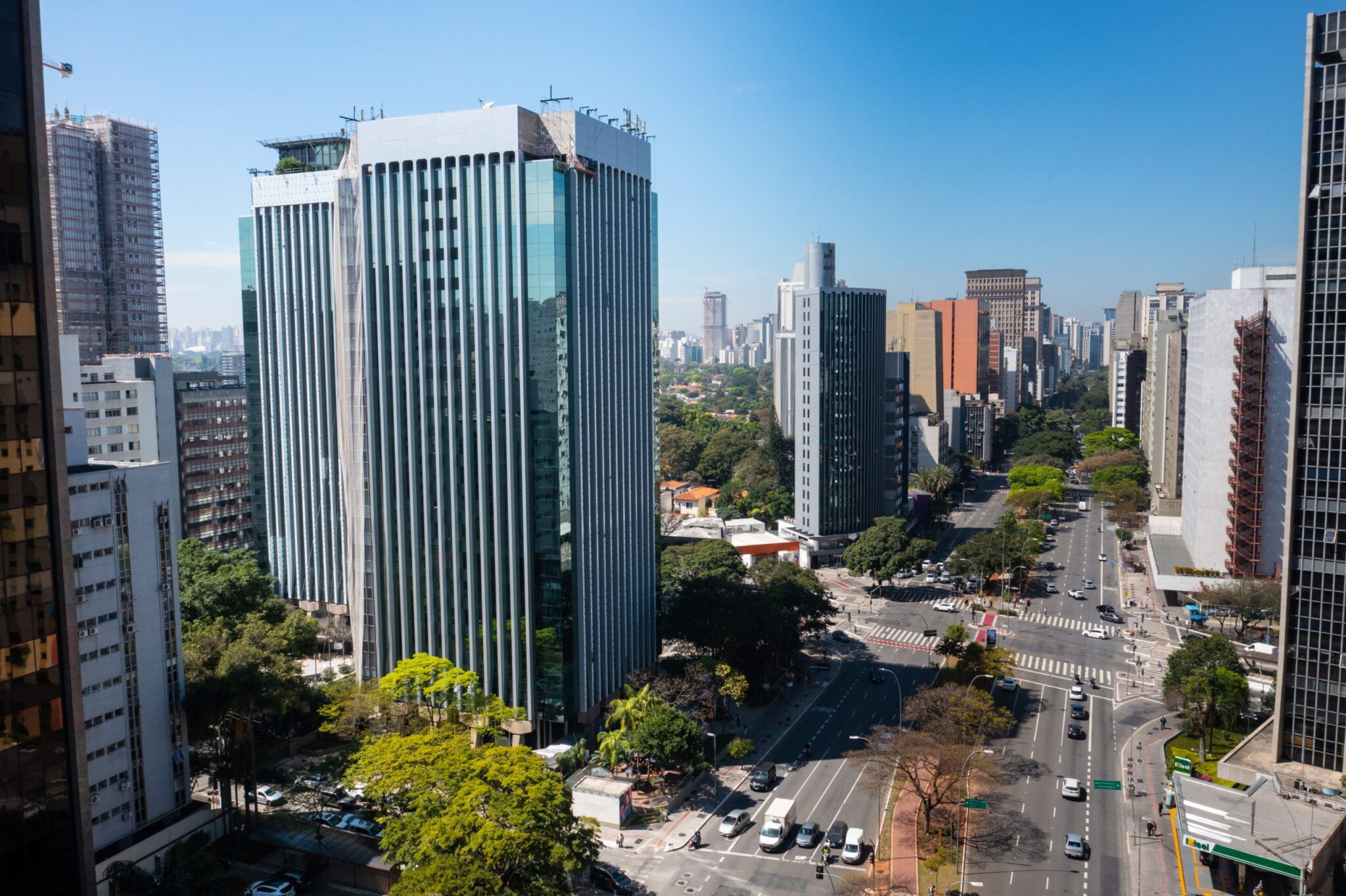The evolution of the real Estate investment Funds
The industry with the Sief, is a relatively new, the IFIX was the beginning of the end of 2010. In a little more than 15 years of history in the real Estate investment Funds have gained prominence and notoriety, reaching out to more than $ 300 million is traded for the daywith a for a total value of$ 140 billion and it's more than At 2.7 million from investors. Increasingly, institutional and other sectors have begun to cover the investment in this sector, including the following: pension funds, funds and hedge funds and international sources.
The evolution of the industry and also the the consolidation of the new areas. At first, the IFIX is basically composed of the Sief (Brick), a number of them funds and liabilities, and/or monoativos. Over time, the fund management actively seized of the underlying index, as well as in new sectors, such as the funding of the Irb, FOFs, and, more recently, Hedge Funds). Currently, the The class of the Brick represents 55% of the index and A class Paper (Wallace, FOFs, Hedge Funds) 45%.
Also, from the point of view of the management of funds in the IFIX, interesting moves have occurred since the pandemic today. In 2020, the top 10 managers and administrators 73% of the indexwhile 17 per cent were managed by the 24 management a total of 34 in IFIX. With the increase in the liquidity and macro-economic conditions are favourable, in 2021 and 2022, the new management came on the market inby reducing the the concentration of the top-10 of 62% and increase the the total number of managing up to 50. Already in 2023, and 2024, the best vehicles and have won the most space, with emissions in excess of$ 1 billion, raising the bar once again with the merger of the Top 10 largest for-71%in addition to the movement of the the consolidation of the management team led by the Motherland.
When you review the total returns, the IFIX has tripled in the capital city of the investoreven going through an economic crisis, and the political, as of 2015-2016, the COVID-19 and high inflation. This is because it symbolizes the the essence of the real Estate investment Funds: commercial and residential buildings, warehouses, Chris, and shopping malls, to protect the capital from an investor, in the long term, even as a hedge against inflation. Because of this, the real estate market represents the greater the allocation of capital in the world.
With an understanding of the present moment
In order to understand the current situation, it is important to understand the relationship between the Sief with the macroeconomic situation, which is represented by the NTN-B Real estate in general, as compared to a bonds, long-duration in this case, the NTN-B and in the long run. This is because they pass on the increase in their rent, they will protect your core and give you a dividend yield the applicant. With this, it's only natural variações do Tesouro sirvam como benchmark para a precificação dos FIIs.
In August, 2024, the NTN-B-2035 was traded to 5.80 per cent. Since then, the stream of negative news related to the risk of tax, in addition to the turmoil of the world, with the escalation of the armed conflict and warfare, trade, led to the negotiation of the NTN-B, 7.8%to at a higher rate over the last 15 years, which can be compared only to the levels of 2015-16, reflecting the increase in the sovereign risk.
As a result, the Sief, as well as nearly all of the asset classes in Brazil is reflected in the increase in the risk of a fall in prices in the stock market.
In January, in the year 2025, the IFIX is trading at a discount greater than 18% of the equity value of thea rank lower than that of the peak of the pandemic, when the a discount 16%next to the the crisis of 2015-16 (24%) . It is worth noting that, at present, the index is composed of the 45% of the Sief Paper, which, by their nature, are supposed to be the least impacted during times of stress.
By analyzing separately the Sief in IFIX they are being dealt with in a the discount is 12%while the Sief-of-the Brick show is a the discount is 21%. At the peak of the pandemic, they arrived in at 14.5% and 17.8%, respectively.
One point to note is important to assess the risk of each operation in order to determine the impact of the current is based on the structural issues. About 65% of the flow in the buying and selling of Sief is created by investors and individualsit is not surprising that happen the distortions in the pricing of fixed assetsboth the positive and the negative.
Overshooting
Conversely, in 2024, the same as a portfolio of premium shopping malls mentioned, showed an average annual growth of sales of 3.3 percent above the inflation rate. The logistics industry has reached its lowest level of the vacancy of the story (8,17%). Even in the sector of the slab business, which has been highly impacted by the pandemic, has had the most successful year of the absorption of the liquid that you have already registered, featuring over 484 billion m2 in são paulo, brazil.
Even with a lot of news on the operational positive, as you can see from the graph above that of the real Estate Funds that are currently being traded at levels similar to those in 2015-16. The The Dividend Yield of the IFIX current exceeds a decline of 14.8% a a. a a.by generating a the spread of 7.0%, compared to the NTN-B, the highest in the last 15 years.
In view of the RBR, we may be facing a ‘overshooting ‘ a reprecificação exaggerated the price of a Sief is the basics of operating that are not being adequately addressed.
Different industries, different upsides
The IFIX can be divided into two clusters, the main ones: Brick (55%) and The paper (45%). We classify the class of Brick in the five largest sectors are presented side by side. Your review it is made up of the funds that are most representative of each area.
In general, the industries of the americas are being dealt with in a Dividend Yield between 10% and 12%, respectively . In addition to this, with the re-lease of inflation, we can infer that with a load of IPC-a + 10% to 12%.
In addition, we evaluate the fair value of the assets within the fund. This the assessment generates a Fair Cap Rate* the funds and, consequently, to the board. In the past year, almost all of the real estate transactions in the private sector were Cap Rate coming from 8.0% to 9.0%in line with our assessment.
The goal is to figure out the fair value of the asset is to compare it to the value of the implicit traded on the stock exchange, thus allowing an estimate of the capital gains from time to time. The Implied Cap Rate it takes into account the prices of the market, which are impaired, resulting in a distortion is significant in relation to the Fair-Cap Rate . The gain capital is estimatedSource code ranges from 20% to 40%with the expectation of conduct from time to time.
If we assume a premise of the conservative wing of the convergence of the fair value over a period of five years, and to add to the load shown in the above, we've designed an IRR of 20% to 30% a year for the Brick.







